Homemade Hand Warmer
If you’ve been outdoors when it’s really cold, there’s a good chance you’ve either used these yourself or wished you had. You can experience a […]
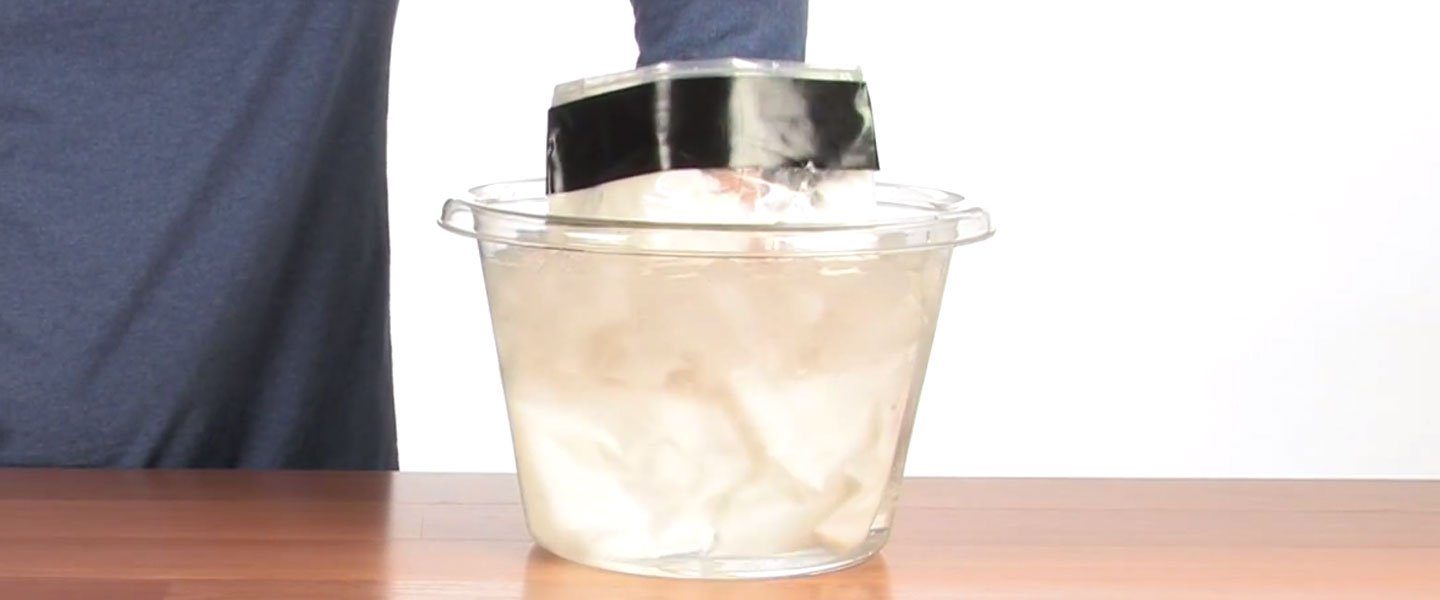
The animals of the Arctic and Antarctic circles spend their lives surviving subfreezing air temperatures and frigid water. Their secret is blubber, a thick layer of body fat that comprises up to 50% of some marine mammals. Is there any way for humans to replicate this cold-weather adaptation? With the Blubber Glove experiment, you’ll test a blubber substitute on a small scale and see what it’s like to take a dip in cold water without turning into a human popsicle.
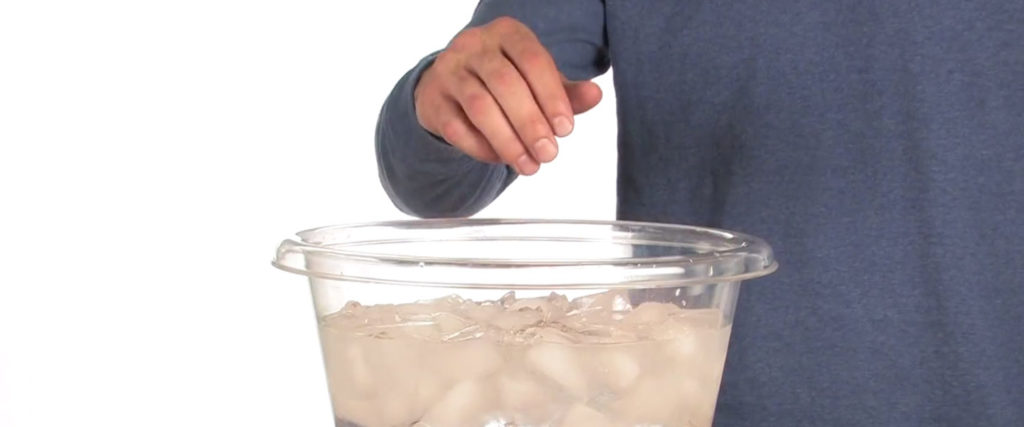
Fill a one or two gallon bucket half full with cold water. Add a bunch (scientific measurement) of ice. This ice bath will be a great representation of the near-freezing waters of the polar regions.
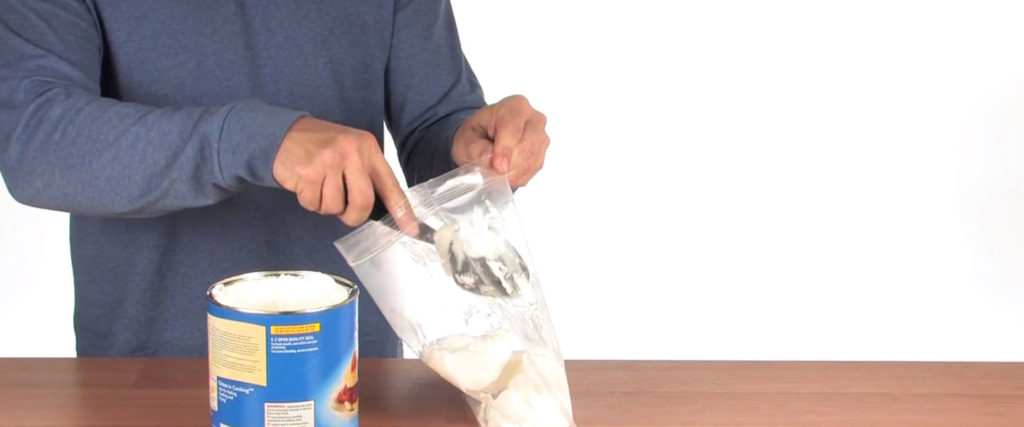
Since you aren’t a seal, walrus, or whale, you don’t have blubber. You need to find a suitable blubber substitute. Fill a zipper lock bag (make sure the bag is big enough to fit your whole hand inside) with three or four heaping spoonfuls of shortening.
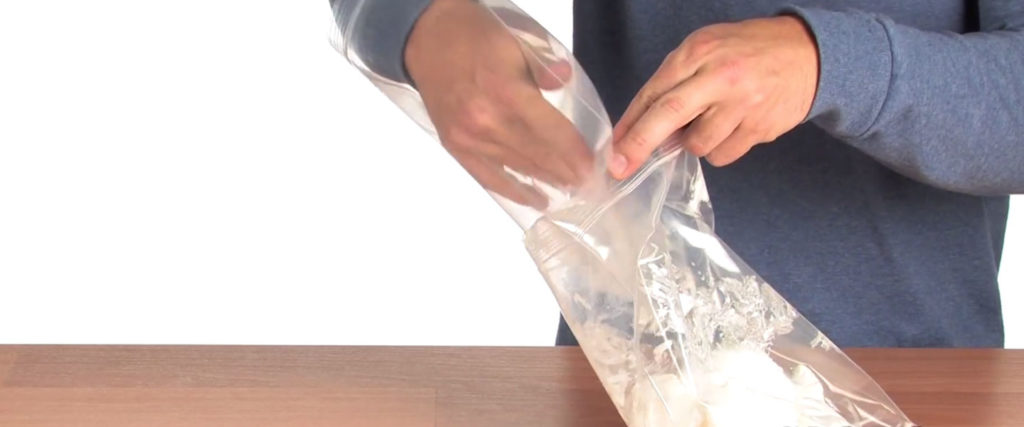
Put your hand inside a second zipper lock bag of the same size as the first and push it into the shortening-filled zipper lock bag.
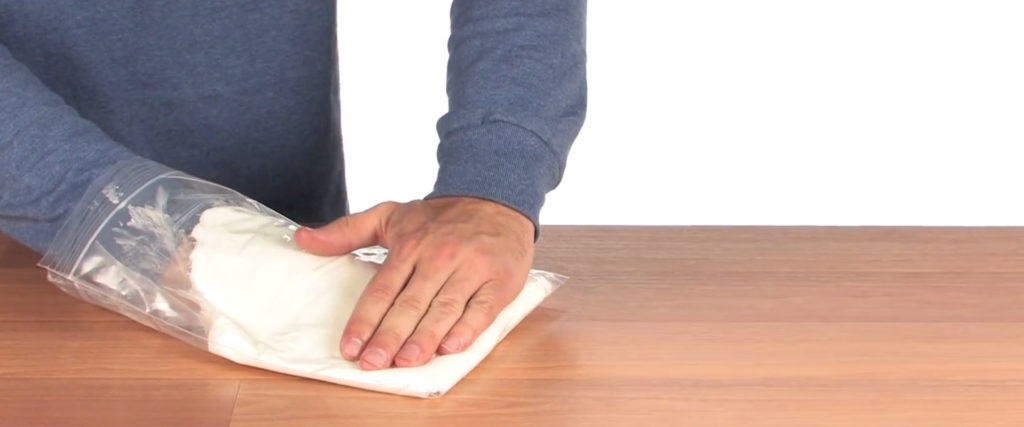
Spread the shortening around the zipper lock bags until the inner bag is mostly covered.
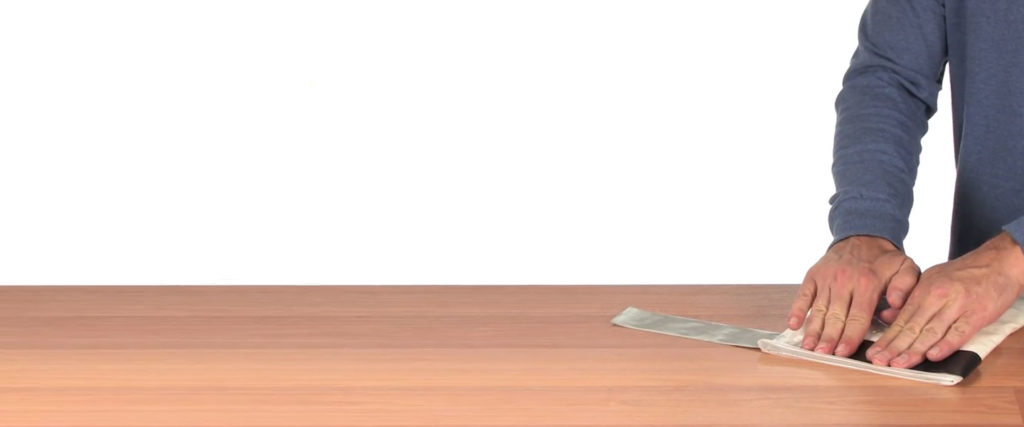
Fold the top of the inner zipper lock bag over the top of the outer zipper lock bag, keeping the shortening between the two. Duct tape the fold in place so that the shortening does not come out of the bag.
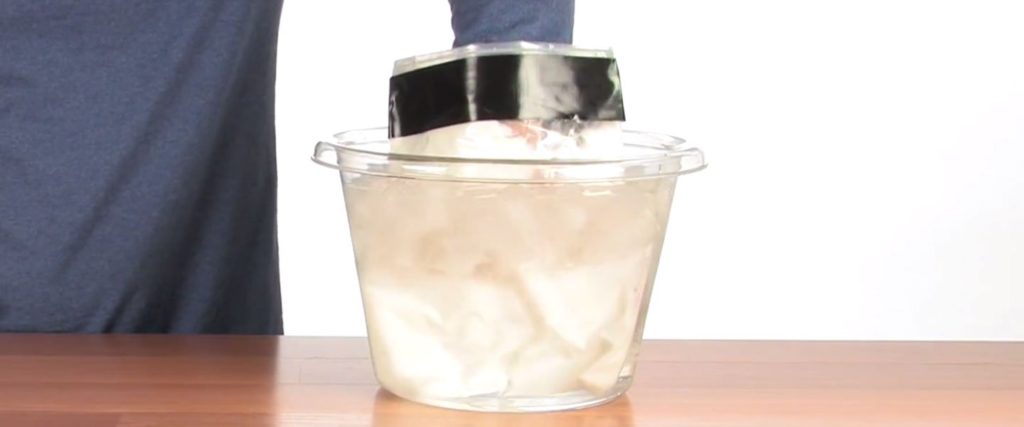
Now you have a blubber-filled glove, ready to test the frigid waters of the bucket you filled earlier. Stick your hand in the glove and dip your blubber-gloved hand into the icy water. Crazy… your hand doesn’t get cold in the water!
Uses for shortening: making cookies, frying chicken, melting chocolate, insulating a Blubber Glove?!? How does a cooking ingredient double as a perfect insulator? Easy. Shortening is a fat, just like blubber, and is great for thermoregulation. That means fat keeps heat in and cold out. Fats work well as insulators because of their high density and low thermal conductivity relative to water. Despite being submerged in incredibly cold water, fats can maintain a constant temperature. Blubber, in particular, requires very little blood supply, allowing more blood to be circulated to skin surfaces that are more directly exposed to the frigid temperatures. Using the Blubber Glove, your hand isn’t directly exposed to the water, so the fat takes the full brunt of the cold, just as blubber insulates animals in Arctic and Antarctic waters.
Try using other materials following the same steps as before to find out which insulator you think works best.
Some possible insulators to try might include: